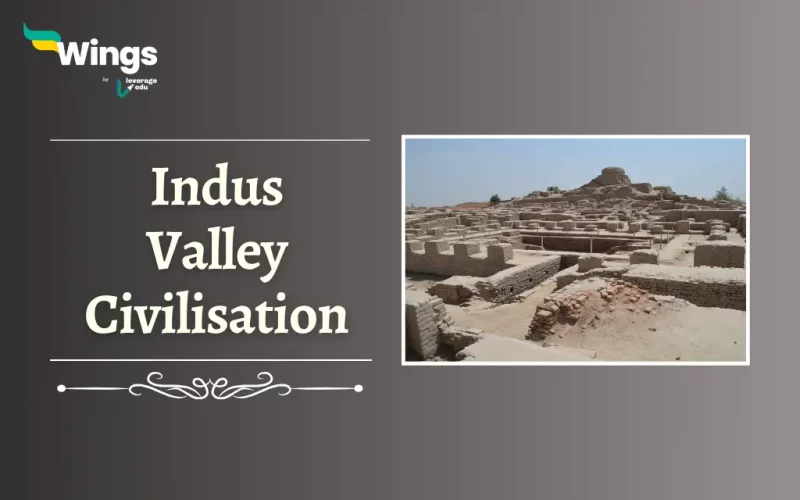The Indus Valley Civilisation is attributed to many names, the Indus Civilization, Harappan Civilization or Mohenjodaro. All these names make us think about one civilization, considered one of the oldest settlements by man in history. Moreover, it was the beginning of the first urban settlement on the Indian subcontinent. As per modern dating techniques, the excavated site is believed to be from 2500 to 1700 BCE. However, the southern sites have a bit of a recent carbon footprint of the 2nd millennium. To date, we know about the three oldest civilizations; the Mesopotamian, the Egyptian and the Harappan. Out of these three, the Harappan civilization is the most extensive one.

Recovery & Sites of the Indus Valley
Indus Valley Civilization was first identified in 1921 in Harappa near Punjab.
- The next year, the section of the Mohenjodaro civilization was discovered near Sindh.
- In 1980 these ruins were designated to UNESCO World Heritage Site and are present in present-day Pakistan.
- Moreover, other fragments of the civilization were found near Balochistan, an offshore area of Karachi and Ropar.
- The site extends to the Cambay region in India and is near the Yamuna basin, a few kilometers from Delhi. Hence making it the most extensive ancient civilization in the world.

The Cities
Harappa and Mohenjodaro were the two main cities of the Indus Valley Civilization.
- The whole area consisted of around 100 villages and towns.
- Consequently, the site structure suggests that the people practised political centralisation of power.
- Some historians also believe that Harappa surpassed Mohenjodaro which was occasionally flooded with extensive floods.
- The population of Harappa was around 23,500 to 35,000 and Mohenjodaro was 35,000 to 41,250.

Culture & Lifestyle
These two factors signify that there was a sort of social stratification prevalent in this society.
- The people of this society specialised in crafts and made small and large groupings for the art.
- The houses in the area also differed in size and structure during the Indus Valley Civilization.
The structure of their society called for a developed system of communication. However, the language of these people is beyond recognition for historians to date. Furthermore, the closest similarities one could find are with the Dravidian or Brahui languages spoken in south India and eastern Pakistan, respectively.

Trade & Economy
Another wonder the Indus Valley Civilization is known for its extensive trade networks.
- People used to trade raw materials for internal production centres and distribution of finished goods across territories.
- The weights and measures systems were well calibrated throughout the Indus Valley Civilization.
- Moreover, civic structures like granaries and other public usage areas were well ahead of time.
- The language though unknown was also uniformly used as evident from the scriptures found.
- In addition, Stone sculptures and clay figurines found also indicate the presence of a popular religious belief.
Also Read: History of Indian Art
Decline of Indus Valley Civilization
It is ironic for a civilization with such uniformity to have uniformity in its decline.
- The decline is estimated to have befallen between 2000 to 1750 BCE. That is over a century and in different stages.
- Moreover, numerous reasons contributed to the decline, one of which is the fall of the economic system eventually leading to the downfall of the existing political system.
Mohenjodaro was also attacked by invaders killing the locals and leaving the bodies unattended.
- The occasional floods added to the death causes of a massive city.
- The final calamity was sudden and left a few survivors.
- This part of the Indian subcontinent did not see an urban settlement for a few centuries after this major downfall.
Relevant Blogs
| Palaeolithic Age | Mesolithic Age |
| Major Climate Change after Ice Age | Arab Nationalism |
| All The Names of India Throughout History | Tribes of India |
| Gupta Empire | Post Mauryan Period |
This was all about the Indus Valley Civilization. If you want to read more articles like this, you can visit our general knowledge page on Indian History!
 One app for all your study abroad needs
One app for all your study abroad needs













